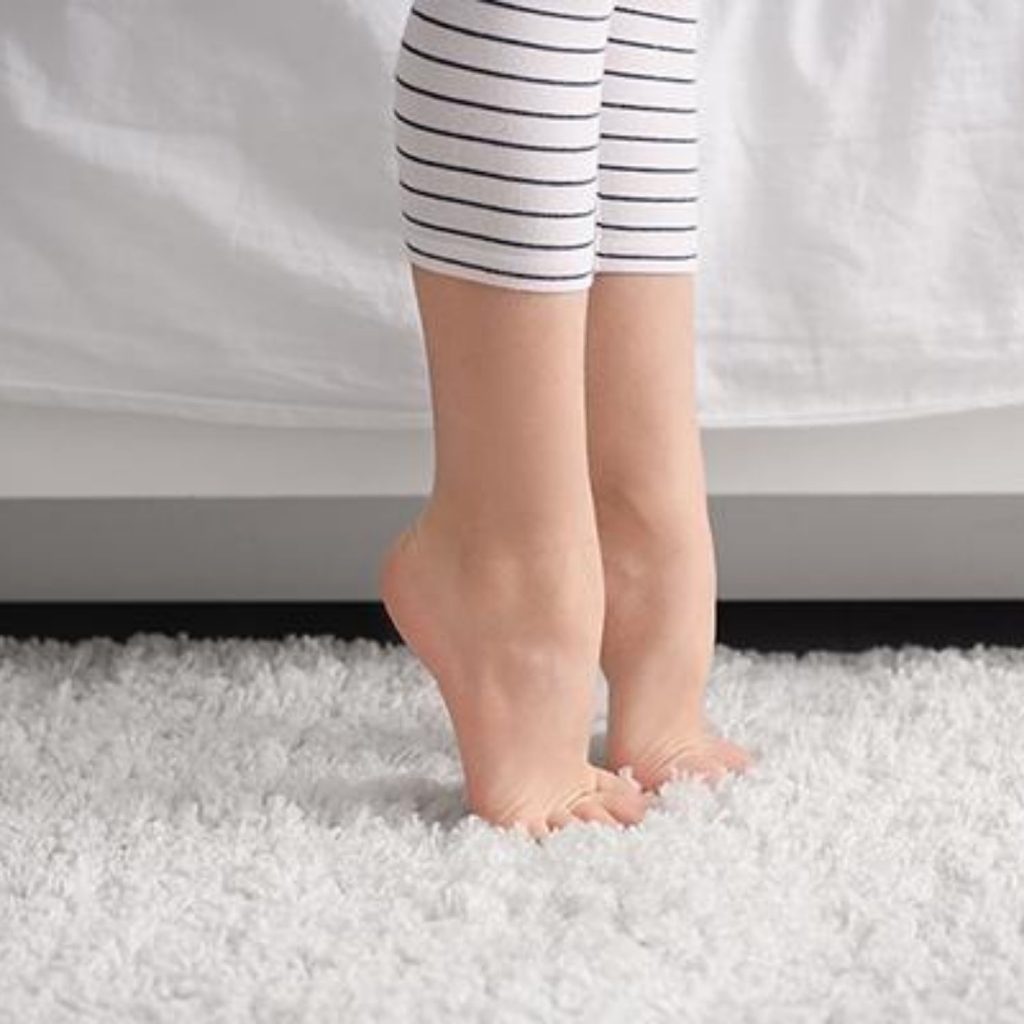5
Mar
2019
Idiopathic Toe Walking In Kids
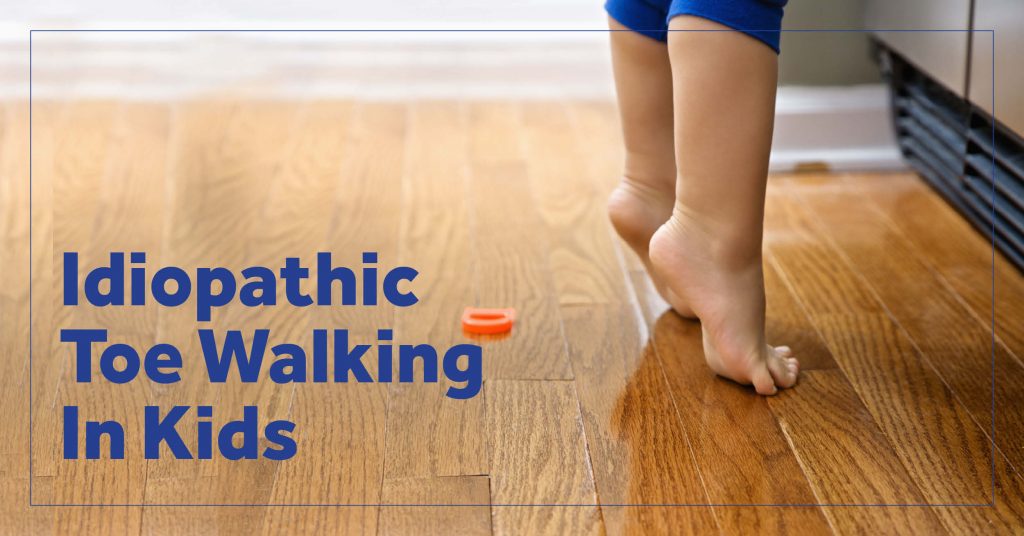
Idiopathic toe walking probably wasn’t in your parental vocabulary before your little one was born.
But kids are full of surprises.
Whether walking on tiptoes is a new development or an old habit, here’s a brief overview along with answers to common questions.
What Is Idiopathic Toe Walking?
First, it’s important to remember that not all toe walking is bad. When your child first starts taking steps, he or she will experiment with all kinds of ways of getting from Point A to Point B. Tiptoes are common.
As they mature (typically within six months of taking first steps), most kids settle into a heel-toe style of walking. It’s how they’re intended to move. The heel contacts the ground, followed shortly by the toes.
But for some kids, the tiptoes never go away. Often, the cause is easy to pinpoint. For example, if a child is diagnosed with hypertonic cerebral palsy, tight muscles and tight heel cords are the reason. It is cause and effect.
Idiopathic toe walking, on the other hand, refers to toe walking without that underlying diagnosis.
But Is It Really Idiopathic?
That’s debatable.
Idiopathic toe walking literally means toe walking for no reason.
Here at Surestep, we believe there are reasons and they can be treated. The most common include:
Sensory
Pushing up on their toes provides some kids with the increased sensory input they’re looking for.
Oddly enough, kids on the opposite end of the sensory spectrum may also toe walk. By reducing the amount of foot that touches the floor, they’re receiving less input.
Pronation
Pronation (the inward roll of your child’s ankles) can cause instability. Toe walking becomes a quick fix by providing increased confidence, but it can also keep a mature gait pattern from developing.
What Are The Long-Term Effects of Toe Walking?
If left untreated, the long-term impact may include:
- Muscle tightness
- Achilles tendon tightness
- Foot pain
- Inability to stand/walk flat footed (which can require surgery)
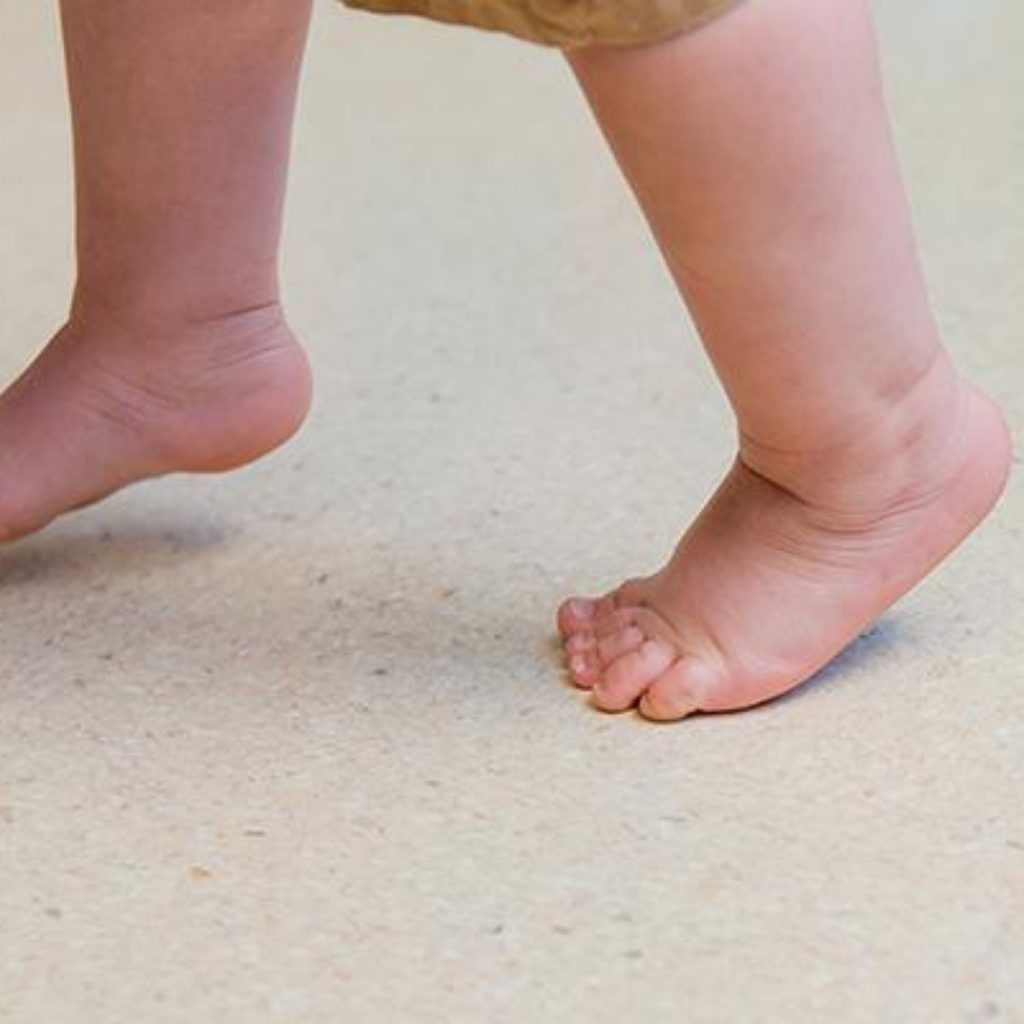
Will My Child Just Outgrow It?
Possibly, but there is no guarantee. Plenty of parents take a “wait and see” approach, but the longer the toe walking lasting, the harder the habit will be to break if it can be broken at all.
What Are The Treatment Options?
Treatment options for toe walking range from exercises to Botox to surgery. The ideal solution for your child will depend on the reason for his or her toe walking.
Toe Walking Braces
AFOs (ankle foot orthoses) are the most commonly recommended toe walking braces. Typically, they feature a plantarflexion stop.
Plantarflexion is the movement needed to point toes down. You can think of a ballerina. By blocking this motion, your child is unable to go up on his or her toes.
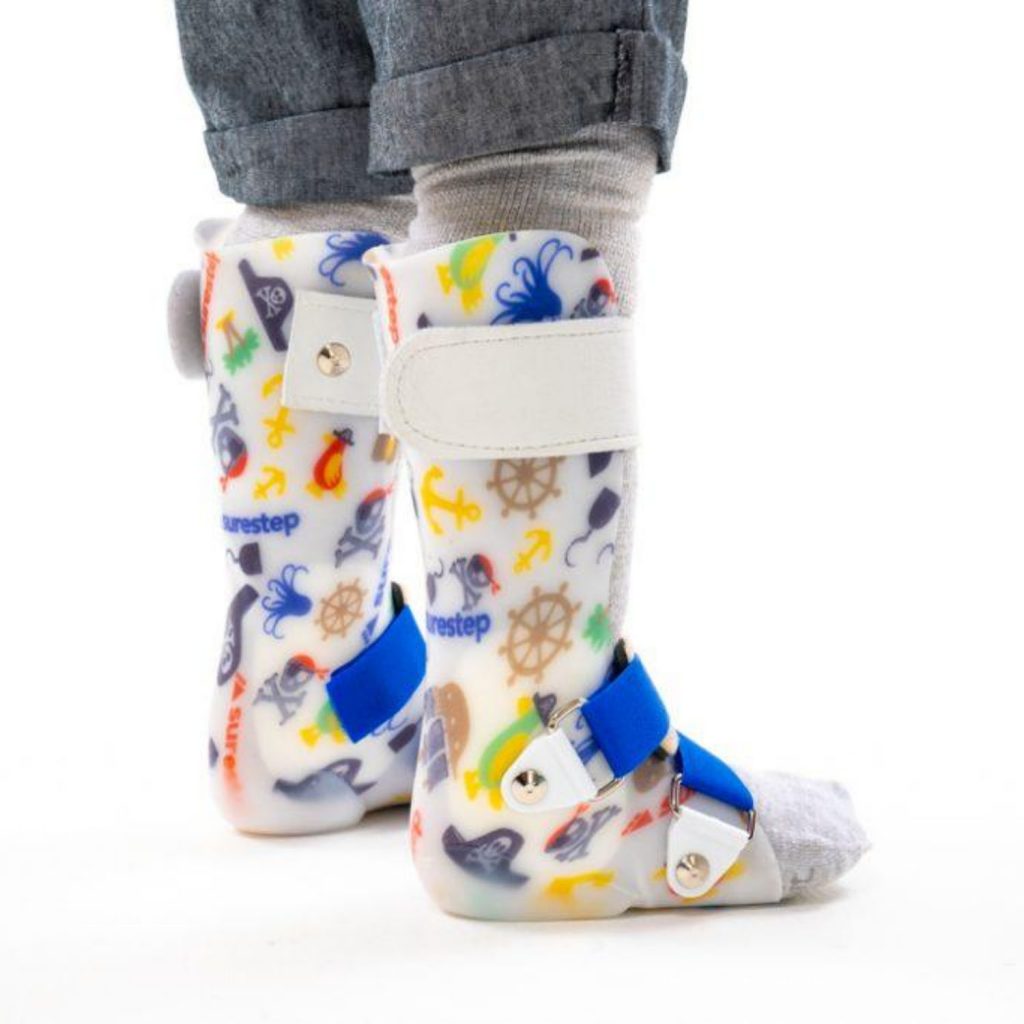
The problem seems to be solved. So why might AFOs not be the right solution for your child?
In addition to being rigid and tall (stretching from upper calf to toes), AFOs can restrict some of your child’s natural movements. As gross motor skills develop, some amount of plantarflexion and toe dorsiflexion is needed.
But AFOs aren’t the only option.
What Makes The Surestep Toe Walking SMO Unique?
SMOS are the shorter, less restrictive cousins of AFOs. They stop just above the ankle.
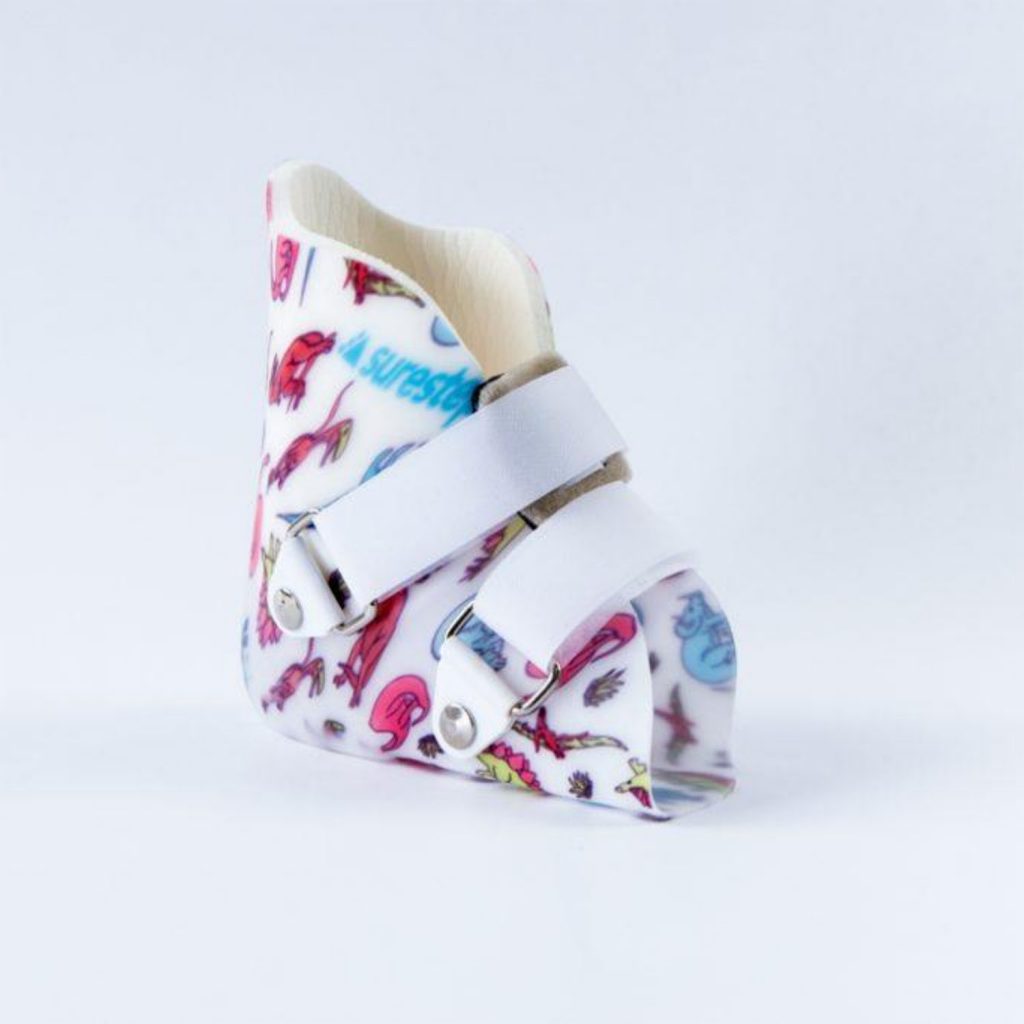
In addition to uniquely flexible plastic and an innovative design, Surestep Toe Walking SMOs feature an extension on the back of the braces. Any time your child toe walks, that extension presses into the back of his or her calf. This is a reminder to come back down.
Does it hurt? No. It’s more of a corrective nuisance.
The Toe Walking SMO also doesn’t block all plantarflexion and it still allows kids to function. Running, jumping, and playing on the ground are all activities that are difficult to do in AFOs, but are much easier in SMOs.
It isn’t for everyone. Kids with high muscle tone or spasticity won’t be helped. But it is a potential solution if your child toe walks due to sensory concerns, instability, or out of habit. Talk to your pediatrician or physical therapist to learn more.
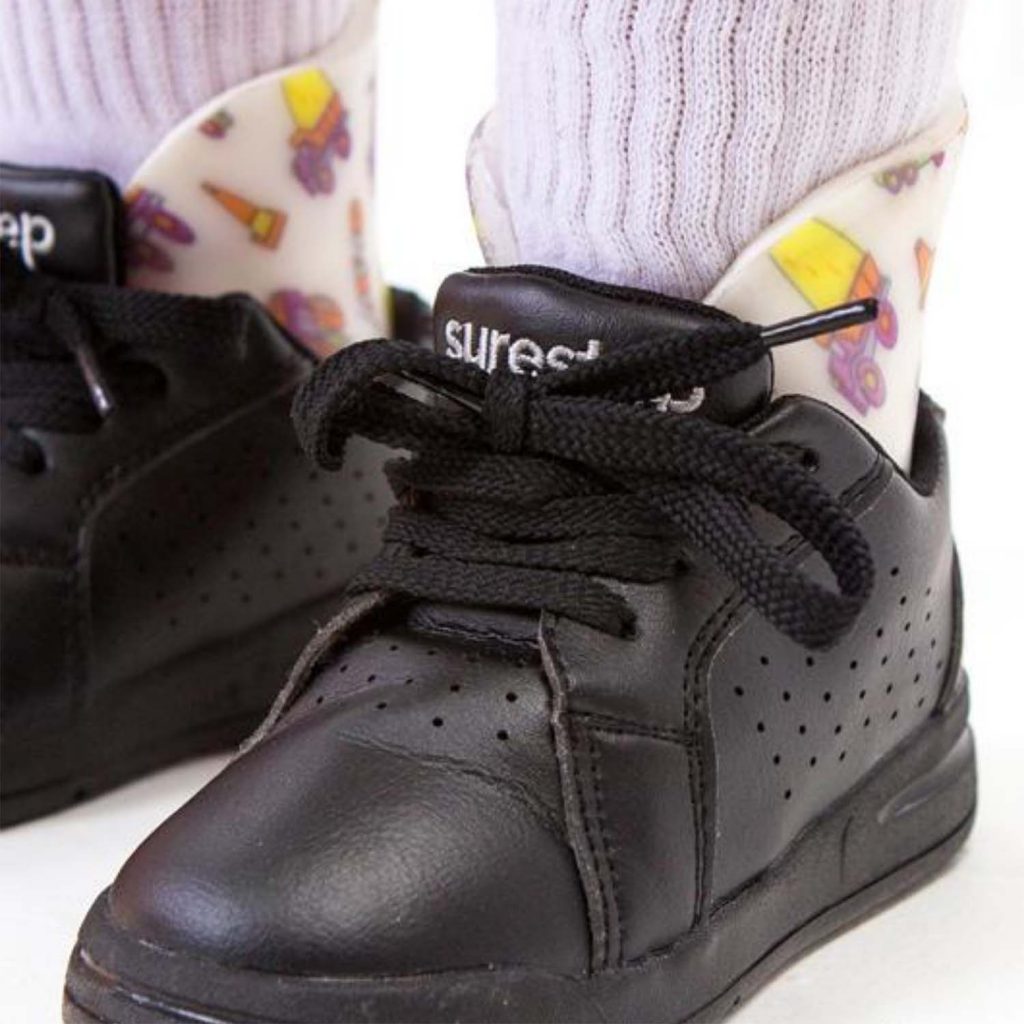
Whether idiopathic toe walking is a reality or simply a diagnosis that didn’t dig deep enough, the important thing is to get your child the right help at the right time.
How do I get SMOs for my child?

